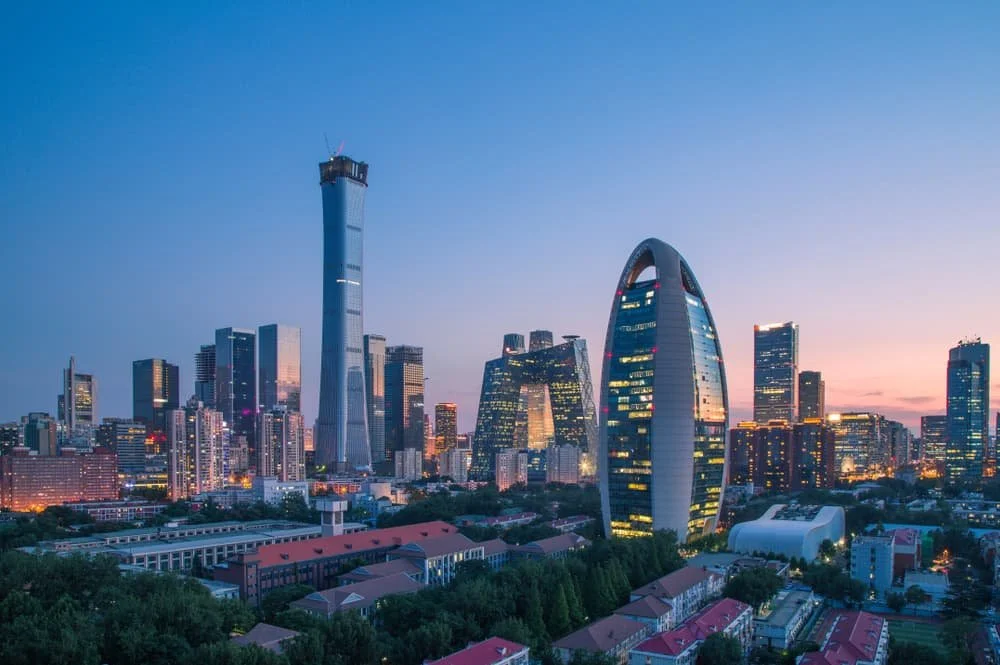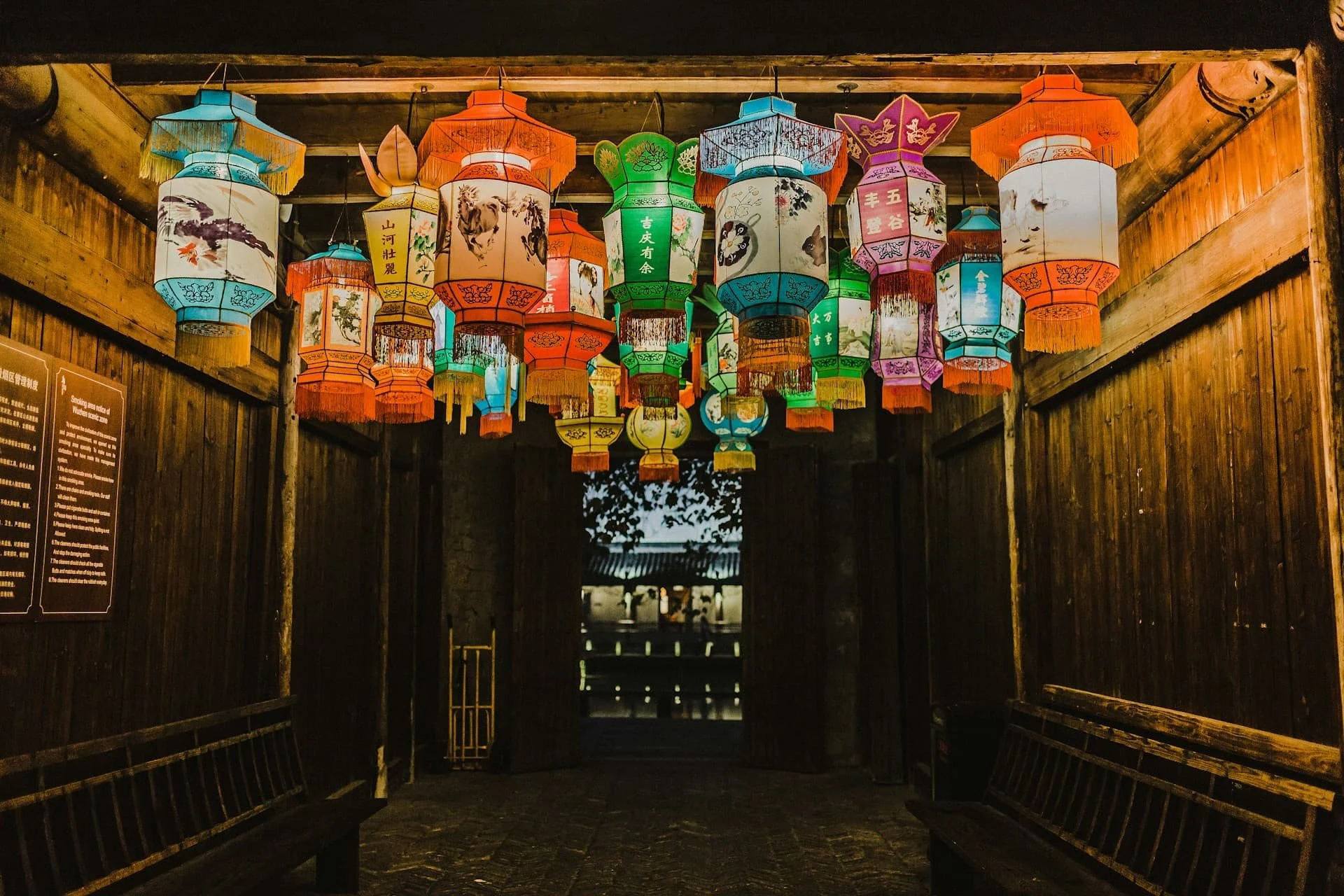14 Must-Visit Historic Spots In Morocco
A fast primer to Morocco’s past that you can actually plan a trip around.
Love history? Morocco is a full-body time machine. Think Roman mosaics sparkling at Volubilis, sky-piercing Almohad design at Koutoubia Mosque, an oceanfront prayer hall at the Hassan II Mosque, and a desert citadel in honeyed tones at Aït Benhaddou.
This guide zeroes in on fourteen heavy-hitters and shows how to do them right: when to go for soft light and fewer crowds, what details to hunt for in tile, cedar and stone, and where to stay within an easy stroll.
1. Koutoubia Mosque, Marrakesh
The city’s compass point is the 12th-century minaret of the Koutoubia Mosque, a masterpiece of Almohad design whose clean lines inspired Seville’s Giralda. Non-Muslims cannot enter the prayer hall, yet the complex still rewards a slow circuit: the gardens are a calm counterpoint to the clamour of nearby Jemaa el-Fna, and the stonework rewards close study at golden hour.
The tower’s square proportions and subtle banding make it a useful orienting landmark when exploring the medina on foot. For travellers planning a first evening in Marrakesh, it makes sense to time a visit here around sunset, then wander toward the square for dinner.
2. Ben Youssef Madrasa, Marrakesh
Fresh from a meticulous restoration, the Ben Youssef Madrasa is the most satisfying single building to study if Islamic craftsmanship is the draw. The former theological college reveals Morocco’s geometry in high definition: cedar ceilings worked like lace, kufic friezes that read like poetry, and zellij tiles precise enough to make a mathematician grin.
The small student cells upstairs hint at the everyday life of scholarship, while the courtyard’s reflecting pool draws every camera in the room. Morning entry keeps the symmetry free of crowds; those chasing detail should bring a short telephoto lens.
3. Bahia Palace, Marrakesh
There’s no trick to enjoying the Bahia Palace beyond slowing down. The 19th-century complex was designed to impress, and still does: painted zouaq ceilings, inlaid doors, and courtyards framed by orange trees.
The pleasure is cumulative as room follows room, so plan at least an hour and a half. Go early or late to miss coach tours, and expect modest queues at the ticket window. When heat rises, the shaded arcades are the reward; when it rains, the tilework glows. Pair it with mint tea nearby rather than racing to the next sight.
4. Saadian Tombs, Marrakesh
Rediscovered in 1917, the Saadian Tombs condense royal ambition into a few rooms of astonishing refinement. The Chamber of the Twelve Columns is the crescendo, its marble, stucco and cedar in conversation with light.
The necropolis sits beside the Kasbah Mosque; the entrance is modest, the line often isn’t. Late afternoon tends to move quicker, and the low sun works well for photographs. A licensed guide adds context without fluff here, particularly around lineage and symbolism, and keeps the visit efficient when time is tight.
5. El Badi Palace, Marrakesh
The El Badi Palace is a great ruin with a clear story. Built by Ahmad al-Mansur after the 1578 Battle of the Three Kings, it was once a stage for power where ambassadors were dazzled with imported marble and onyx.
Stripped centuries ago, the surviving plan reads like a blueprint at monumental scale: a vast courtyard, sunken orchards, reflection pools, and high walls commandeered by storks. The on-site exhibition often displays the Almoravid minbar from the Koutoubia, a masterwork in its own right; check current displays on arrival. The rooftop views over the medina and Atlas foothills justify the climb.
6. The Medina Of Fez
If Marrakesh is intensity, Fez is immersion. The Medina of Fez is one of the Arab-Muslim world’s best-preserved historic cities, and still very much alive. A practical approach is to map a triangle: the tanneries for craft, a restored fondouk for mercantile history, and one madrasa for study in miniature.
The gravitational centre is the ancient University of Al-Qarawiyyin, founded in the 9th century by Fatima al-Fihri. Non-Muslims can’t enter the mosque, but views from adjoining lanes give a sense of scale, and the surrounding network of artisan streets offers the most rewarding daylight wander in Morocco. When staying inside the walls, choose a riad with reliable wayfinding and porter support for luggage.
7. Volubilis
North of Meknes, Volubilis spreads across a low ridge in a scatter of columns, mosaics, and olive trees that feels improbably Roman until a Latin inscription settles it. The triumphal arch and House of Orpheus mosaics are the highlights, but the real pleasure is context: the site shows Rome adapting to Mauretania rather than imposing on it.
Light is best early or late, and the modest on-site signage pairs well with a guide who can pace the narrative. Pair the trip with a quiet lunch in Moulay Idriss Zerhoun, then swing to Meknes for imperial-era contrasts.
8. Heri Es-Souani And The Sahrij Swani, Meknes
Moulay Isma'il built on a grand scale and Heri Es-Souani shows the logistics behind the swagger. The vaulted granaries and colossal royal stables once supported thousands of horses, fed by grain stored in cool, thick-walled halls and watered by an ingenious hydraulic system at Dar Al-Ma.
Today, visitors walk the echoing aisles and step out to the vast Sahrij Swani basin where the scale lands with a thud. The complex sits a short walk south of Place El Hedim, so it pairs neatly with a look at Bab Mansour later in the day.
Restoration has been ongoing in recent years, so checking the latest opening times via Visit Meknes or the Fès-Meknès regional tourism board avoids disappointment, and a licensed guide usefully threads the engineering story through the ruins without dwelling on myth.
9. Bab Mansour And Place El Hedim, Meknes
The great set piece of Meknes is the sweep from Place El Hedim to the tiled jawline of Bab Mansour, a gate so confident it reads like an exclamation mark in brick and zellij. Built at the end of Moulay Isma'il’s reign and completed in 1732, the facade weaves green tile, Kufic panels and reclaimed marble into a kind of architectural rhetoric.
The inner pavilion has hosted exhibitions over the years, while the square outside fills with sellers and snack stalls as afternoon cools. Arriving an hour before sunset gives time for photographs, mint tea and a slow wander back toward the medina.
Background on the gate’s construction and its Andalusi inflections is helpfully summarised by the Islamic Art Virtual Museum, and practical visitor info sits on Visit Meknes. Rate-watchers who want a hotel facing the square should scan Expedia for rooms with balconies over the action.
10. Ksar Aït Benhaddou, Ounila Valley
The south’s poster child is the earthen silhouette of Ksar Aït Benhaddou, a fortified village that clenches the hillside above a seasonal river. The watchtowers, alleys and granaries illustrate pre-Saharan life, and the view from the upper agadir at late light is pure cinema, which is fitting given the ksar’s long relationship with film.
Crossing from Ouarzazate, aim to arrive early before day-trippers. The ksar is lived-in as well as listed, so dress and behave respectfully, and buy snacks or tea inside to support residents. For background and wayfinding, the local cooperative maintains Visit Aït Benhaddou; the World Heritage dossier lays out why this ensemble matters in Morocco’s architectural story. Drivers tackling the Tizi n’Tichka in winter should check weather on departure day, as snow occasionally slows the pass.
11. The Medina Of Essaouira
Trade winds, bastions and rhythmic grid streets set Essaouira apart from Morocco’s tighter medieval fabrics.
The medina’s 18th-century plan, cannon-lined Sqala and mellow stone lend a European cadence to North African life, while the fishing port and Thuya wood workshops keep the town grounded. Afternoons are for sea air on the ramparts and grilled sardines by the harbour; evenings drift toward music bars and courtyard restaurants in the quieter northern lanes.
Practical orientation and festival updates are handled by the Moroccan National Tourism Office, while Explore Essaouira maps galleries and venues that reward a linger. Wind peaks spring to early summer, so kiteboarders grin while beach-loungers look for sheltered cafes.
12. Hassan II Mosque, Casablanca
Casablanca’s must-see is the ocean-straddling Hassan II Mosque, an expression of modern Moroccan craftsmanship on an epic footprint. The minaret rises to 200 metres, a laser points toward Mecca, and the hand-carved stone and cedar interiors are finished with obsessive care.
Non-Muslim visitors can enter on guided tours which run multiple times daily; schedules shift around prayer times and religious holidays. The foundation’s official site publishes current details and museum notes, and the mosque page sets out the building story, dates and figures that make the stats more than trivia.
Morning tours tend to be quieter; tide charts add a bonus if photographing the Atlantic frontage at high water after.
13. Chellah, Rabat
At Chellah, time stacks up. Phoenician traces, a Roman municipium and a Marinid necropolis share a leafy hill above the Bou Regreg. Storks nest in broken arches and the hammam foundations and forum stones sit within gardens that reward a slow walk.
Excavations have accelerated recently, turning up new districts and statuary that sharpen the picture of Sala Colonia as more than a footnote to Volubilis. Official pages outline hours and access, and the city’s heritage foundation summarises the site within Rabat’s wider World Heritage listing. Visit mid-morning after dew lifts, then drift down to the river for lunch.
14. Hassan Tower And Mohammed V Mausoleum, Rabat
Rabat’s ceremonial heart sits around the Hassan Tower, a 12th-century minaret rising above a forest of unfinished columns, and the white-on-white geometry of the Mohammed V Mausoleum. The contrast is instructive.
The tower speaks to an interrupted Almohad project; the mausoleum showcases national craftsmanship in marble, cedar and zellij, and holds the tombs of King Mohammed V and his sons. Guards on horseback mark the entrances and respectful dress is expected inside the mausoleum.
Kasbah Of The Udayas, Rabat
At the mouth of the Bou Regreg, the Kasbah of the Udayas compresses centuries into a compact cliff-top quarter.
The Almohad gate is a statement piece, but the pleasure lies in the blue-washed lanes, the shade of the Andalusian Garden and the river view where oarsmen skim past to Salé. Mornings feel local and photogenic, afternoons bring more day-trippers, and the small museum rewards anyone curious about domestic arts.

























